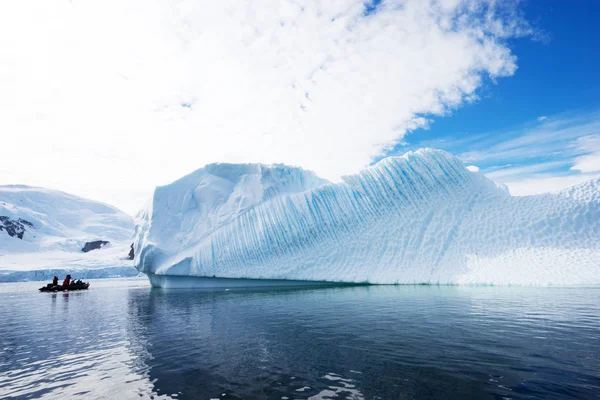
Polar scientists were taken aback when the 2023 winter came. Antarctic sea ice cover dropped so low compared to historical records that scientists called it “gobsmacking.” The combined loss of the winter sea-ice edge since 2014 by about 120 kilometers has shaved off an area the size of New South Wales or Western Australia. This abrupt retreat, occurring 4.4 times faster than Arctic losses over the past half-century, marks what experts now call a regime shift: a rapid, self-perpetuating change in the Antarctic system that may be irreversible even if global temperatures are held below 2°C.
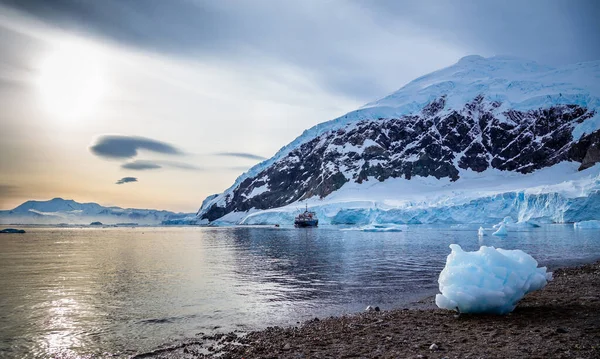
1. A Feedback Loop with No Off Switch
The mechanics of this shift are stark. Sea ice acts as a planetary mirror, reflecting solar radiation back into space. As it disintegrates, warm ocean water becomes warmer, accelerating surface warming. That warming postpones ice cover the next winter, further destabilizing it. “If we lose Antarctic sea ice, we set in motion this self-reinforcing process,” said Nerilie Abram, head of the Australian Antarctic Division. The process is already altering the Antarctic Overturning Circulation, a deep ocean conveyor that brings heat, carbon, nutrients, and oxygen around the world.
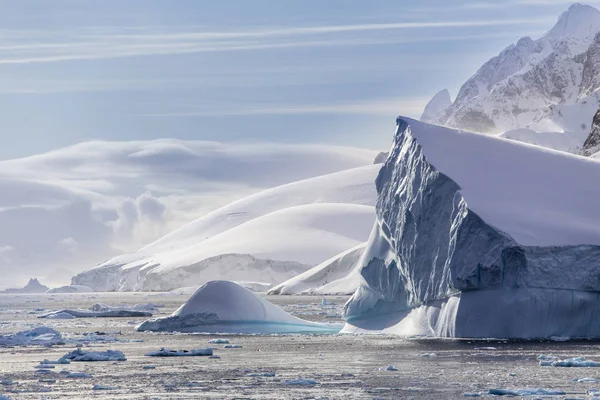
2. Antarctic Overturning Circulation at Risk
The Antarctic Overturning Circulation is partially sustained by the production of dense Antarctic Bottom Water, created as sea ice forms and enables salt to be injected into nearby ocean waters. Fresh meltwater from ice shelves is draining surface salinity, stopping the process. High-resolution modeling predicts 40% reduction by 2050. Australian Antarctic Basin observations already register diminished abyssal overturning and ventilation, and pervasive freshening on the continental shelf. Collapse would decrease the sequestration capacity of the Southern Ocean of anthropogenic CO₂, committing more warming for centuries to millennia to come.
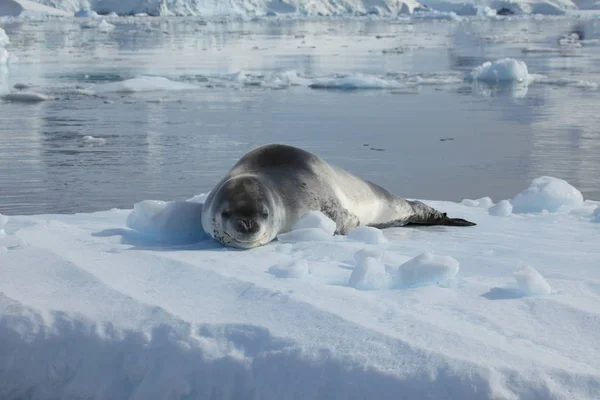
3. Instability of the Ice Sheets and Sea-Level Commitments
Ice shelves along the continental margins act as buttresses to the giant glaciers. As they thin or collapse Conger-Glenzer ice shelf collapsed in 2022 glacier flow accelerates. West Antarctica’s marine-based ice sheet is particularly vulnerable; a complete collapse would raise global sea levels by several meters. Observations show that certain parts of this system can be destabilized by less than 2°C of warming, committing multi-meter sea-level rise for centuries to millennia.
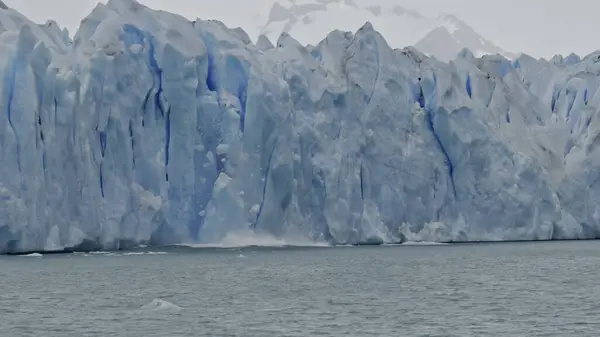
4. Satellite Eyes on the Cryosphere
Observing these changes depends on a network of Earth-monitoring satellites. Polar darkness-covered sea-ice extent and cloud and polar are measured by passive microwave sensors, while the thinning of ice shelves is quantified by radar altimeters. Melting on surfaces is observed by heat and optical sensors. Three decades of unbroken records allowed scientists to identify the post-2014 regime transition, as opposed to climate models not projecting this sheer loss and rather for enhancing the simulation of ice–ocean–atmosphere interaction.
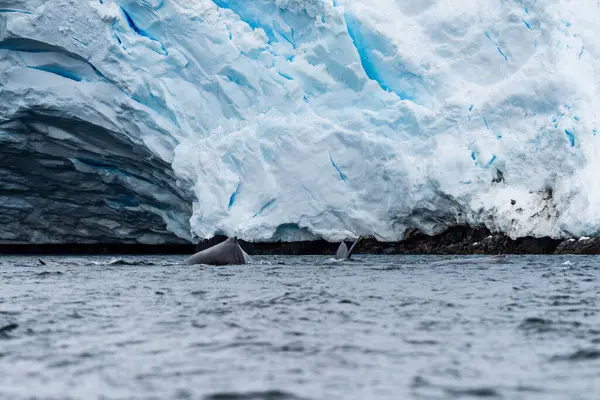
5. Disaggregation of the Food Base
Recessions of sea ice are remaking Antarctic marine food webs bottom-up. Multi-decadal-timescale satellite and in-situ observations reveal a post-2016 drop of diatoms, large, silica-encased phytoplankton krill consume and effectively pump carbon to the deep ocean down the continental shelf. Phytoplankton assemblages were small-sized and prospered instead, a change that would make the Southern Ocean biological carbon pump weaker. What is happening at the microscopic level might be impacting the climate itself, warned Alexander Hayward of the Danish Meteorological Institute.
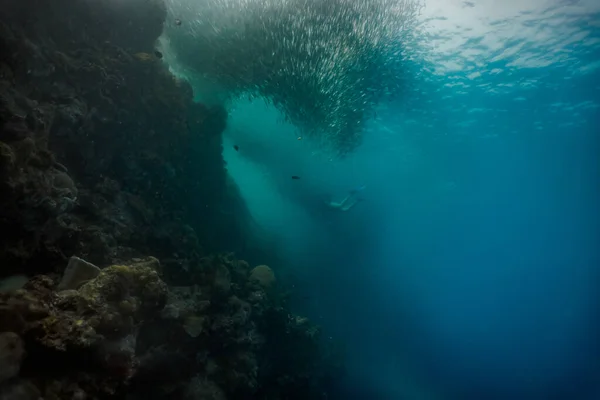
6. Aggravation of Damage Through Ocean Acidification
Apart from sea ice cover and temperature, acidification is harming the productivity of dominant phytoplankton. In a six-year oligotrophic water experiment, added CO₂ lowered the abundance of eukaryotic phytoplankton up to 30% during summer and suppressed primary production up to 5 billion metric tons a year. In the Southern Ocean, where seasonally light-limited phytoplankton are already impacted, such declines would further lower carbon sequestration and annihilate krill.
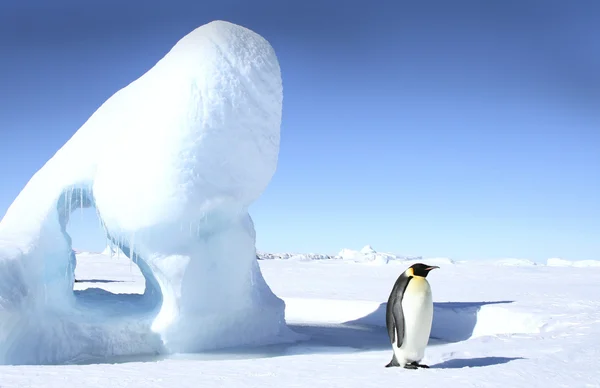
7. Emperor Penguins and Edge-of-the-Cliff Krill
Dependent upon stable fast ice for breeding, emperor penguins have experienced catastrophic failure at many colonies. Half of all known colonies have lost chicks partially or completely through early ice break-up since 2016. Keystone krill are dependent upon sea ice for spawning and juvenile refugia; their loss is passed throughout the food web to whales, seals, and seabirds. “Long-term emperor penguin impacts are not good,” said Barbara Wienecke, senior research scientist at the Australian Antarctic Division.
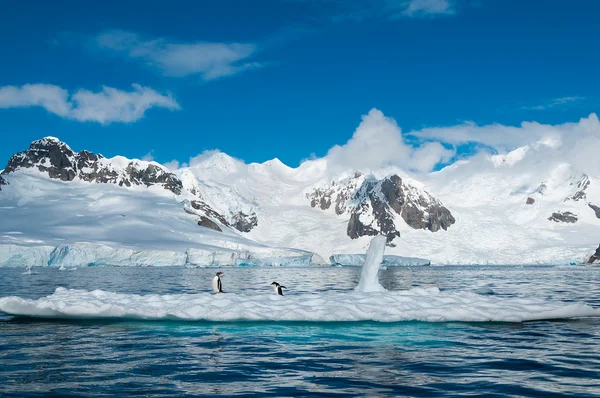
8. A Global Climate Tipping Point
Abram and co-authors warn Antarctic sea ice is one of the Earth’s tipping points those thresholds past which change becomes self-sustaining and accelerates. The tipping-point effects cascade from physical, chemical, to biological systems: changed albedo, diminished overturning circulation, carbon sequestration loss, and ecosystem collapse. The Southern Ocean’s role in regulating the climate as a result of these alterations indicates that they will not stay within the polar south; they will impact carbon cycling, sea levels, and weather at an international level.
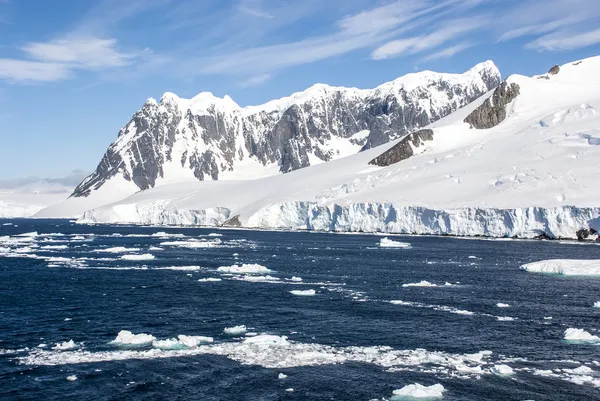
The evidence is clear: the accelerating rate of loss of Antarctic sea ice is not an isolated anomaly but a system breakdown in the climatic system of the planet. The engineering problem that faces us is one of global proportions calling not only for emissions cuts but tighter monitoring, forecasted predictions, and regulating adaptability of ecosystems in a time of record stress.

